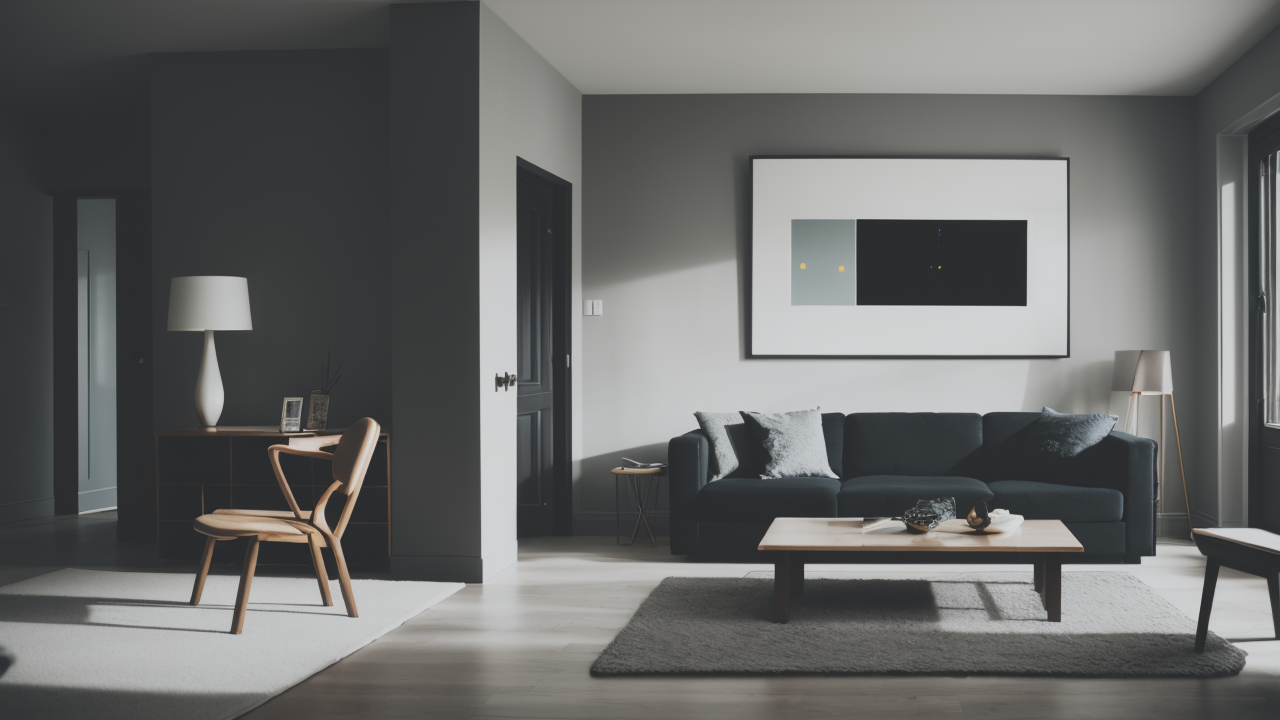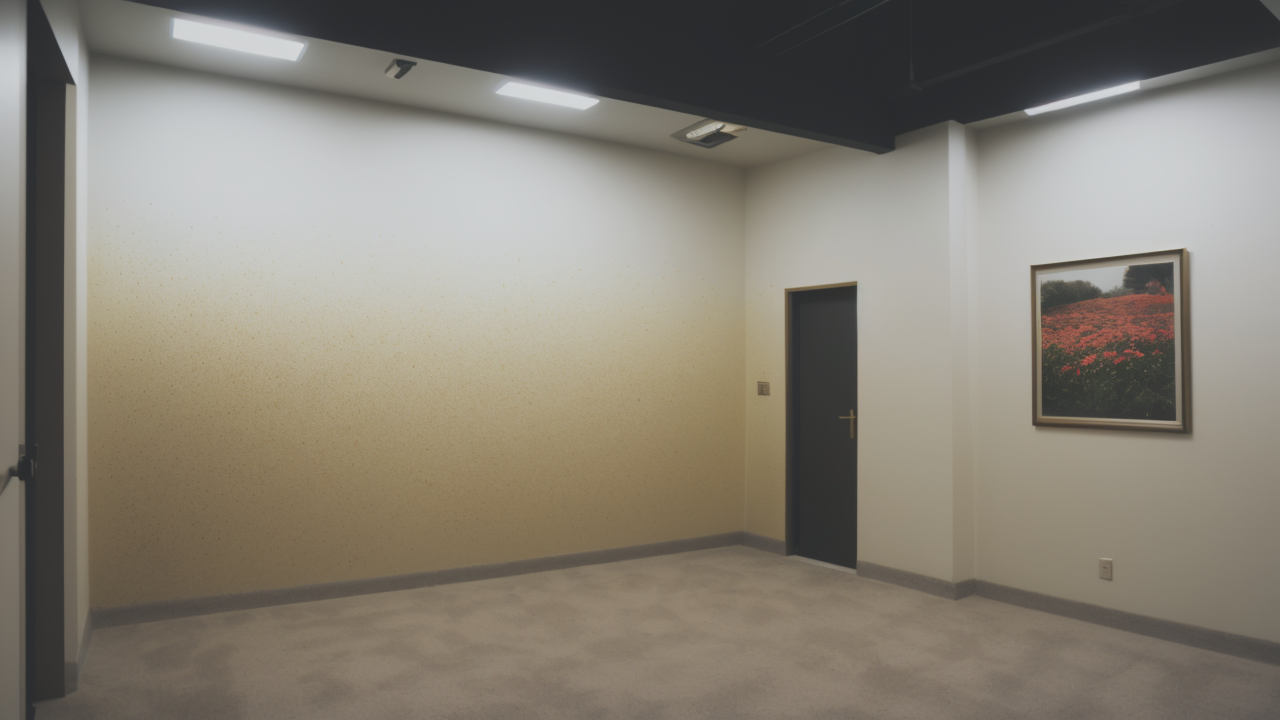
Nawabi-Inspired Minimalist Wall Art: Blending Tradition with Modernity
The History and Principles of Minimalist Nawabi Wall Art
The Origins of Minimalism in Home Decor
Minimalism in home decor began in the early 20th century. It was a reaction to the fancy styles of earlier times. The movement grew popular in the 1960s and 1970s. Artists and designers focused on simplicity and basic elements.

Minimalist design uses clean lines and simple shapes. It has few colors to create calm spaces. The main idea is "less is more". This style is very popular in modern homes today.
Nawabi art from India has recently started using minimalist ideas. This mix creates a unique style. It blends cultural elements with simplicity. Minimalist Nawabi wall art offers a new take on Indian art.
Key Design Elements of Minimalist Nawabi Art
Minimalist Nawabi wall art has several important features:
- Simple shapes: Complex patterns are made into basic forms.
- Few colors: Often using one color or two colors only.
- Empty space: Lots of white space for balance and focus.
- Geometric designs: Inspired by Nawabi patterns but made simpler.
- Subtle textures: Adding depth without being too busy.
These elements work together to make striking yet calm pieces. They capture the essence of Nawabi art while staying minimal. The result is wall art that stands out without taking over the room.
This art often includes symbols from Indian culture. You might see lotus flowers, peacocks, or building shapes. But they are shown in a simple, abstract way. This allows for cultural expression in a modern style.
Selecting the Right Minimalist Nawabi Wall Art for Your Space
Understanding Your Home's Aesthetic
Before choosing minimalist Nawabi wall art, look at your home's overall style. Think about the colors, textures, and designs you already have. Your new art should fit well with these elements.

Consider these factors:
- Colors: Does your room have warm or cool tones?
- House style: Is your home modern, traditional, or mixed?
- Current decor: What other art or decorations do you have?
- Room use: Is it a living room, bedroom, or office?
Understanding these aspects helps you pick art that improves your space. Minimalist Nawabi wall art can work in many settings. It fits well in modern apartments or traditional houses.
Remember, minimalist art should stand out but not overwhelm. Choose pieces that create a focal point without dominating. The goal is to create balance in your room design.
Matching Artwork with Furniture and Lighting
When picking minimalist Nawabi wall art, think about your furniture and lighting. The right mix can create a welcoming and unified space.
Here are some tips for matching your art:
- Size: Choose art that fits well with your furniture size.
- Color: Pick artwork that goes well with or contrasts your furniture colors.
- Style: Make sure the art's style matches your furniture's look.
- Light: Think about how natural and artificial light will affect the artwork.
For example, a big, bold piece might look good above a simple couch. A set of smaller works could suit a dining area. Pay attention to how big the art is and where you put it.
Lighting is very important for showing off your minimalist Nawabi wall art. Think about adding special lights to highlight the piece. This can create drama and depth in your room.
Implementing Minimalist Nawabi Wall Art in Various US Markets
Adapting Minimalist Art to Regional Styles in the United States
Minimalist Nawabi wall art can fit different regional styles across the US. Each area has its own design likes and cultural influences. Knowing these can help you choose the right artwork.

In the Northeast, where traditional styles are common, choose pieces with soft colors. Look for art that uses classic Nawabi designs in a simple way. This works well with the region's love for history and elegance.
For the West Coast's relaxed, mixed style, think about brighter minimalist Nawabi art. Pieces with bold geometric shapes or brighter colors can work well. They add a global touch to the region's often casual interiors.
In the South, where traditional decor is popular, look for minimalist Nawabi art with warm colors. Pieces with gold details or rich earth tones can blend well with Southern homes. They add an elegant, exotic touch without being too much.
Midwest homes often like practical, cozy designs. Here, choose minimalist Nawabi art that's simple and useful. Look for pieces that add a pop of color or interest without being too fancy.
Case Studies: Successful Minimalist Nawabi Wall Art Installations
Let's look at some successful uses of minimalist Nawabi wall art in US homes:
- New York City Apartment: A large, one-color piece showing a simple lotus design. It was the main focus in a neutral living room, adding depth and interest.
- California Beach House: A set of small, geometric prints inspired by Nawabi patterns. These added a subtle global touch to a bright, open space without overwhelming it.
- Southern Colonial Home: A simple version of a peacock in gold and white. It matched the home's traditional style while adding a modern twist.
- Chicago Loft: An abstract piece inspired by Nawabi buildings. Its clean lines and subtle textures fit perfectly with the industrial-chic look.
These examples show how versatile minimalist Nawabi wall art can be. When chosen carefully, it can improve many interior styles across the US. The key is to balance cultural elements with simple design, creating a unique and harmonious look.


